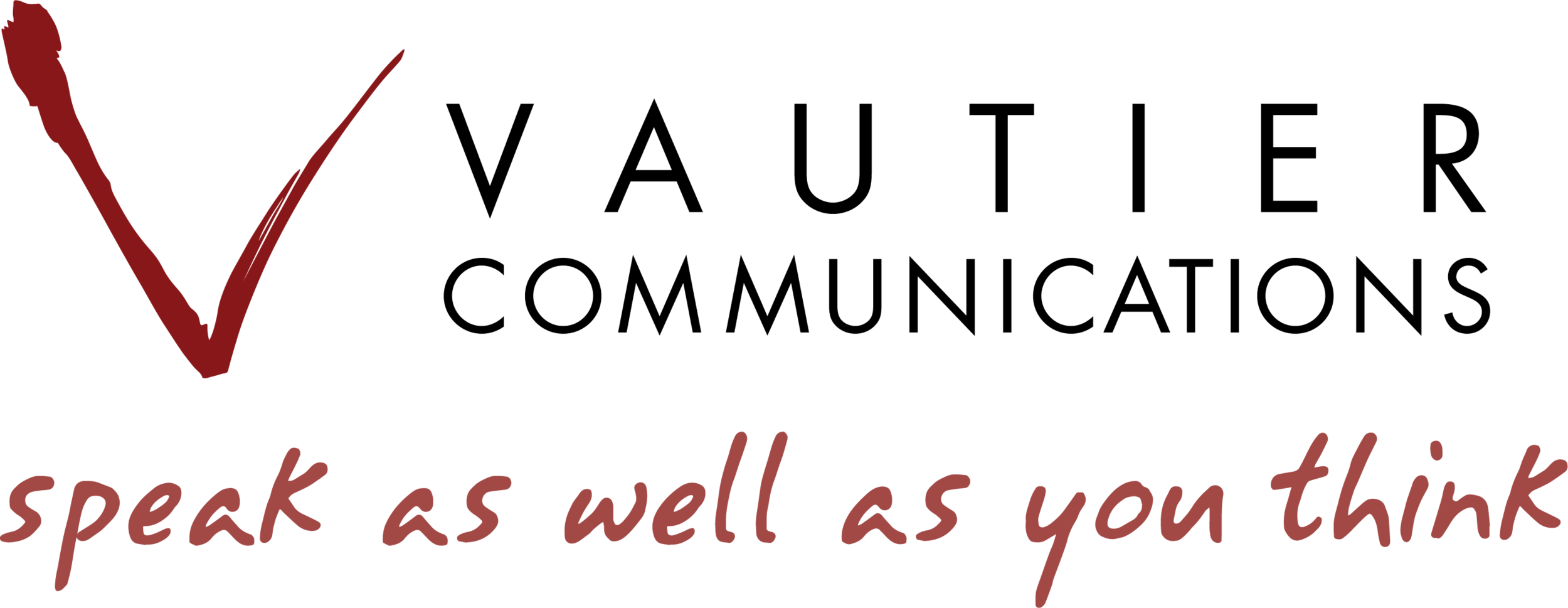Reducing Stress through Communication
Do you like surprises at work? Our guess is you don’t.
Effective businesses rely on certainty and ultimately, confidence. It feels good when we are confident in our team’s ability to perform at a high level or that the decisions we made were positive.
For many of us, surprises and unexpected events can feel stressful, as they can erode our confidence that things will turn out a certain way. Confidence fades and uncertainty grows when original deadlines are not met, expectations are unclear, or communication becomes murky.
Ultimately, if you want to stress yourself out, creating uncertainty is a great way to do this.
You might be thinking “What does uncertainty have to do with communication?”
The answer is that communication is often used to manage uncertainty. The relationship between uncertainty and communication has been studied since the 1970’s, with the original focus being aimed at understanding the various ways people try to reduce uncertainty.
As such, communication can move a person’s mind from unknowing to knowing, uncertain to certain, and stressed to confident.
Outside of business, uncertainty management can be seen in our daily lives. Are you looking at buying a product online? Chances are you tried to reduce uncertainty about the product by looking at other people’s product reviews to gauge how reliable the product is and increase certainty that the product is worth purchasing.
Have you ever sent an email only to receive no response? You likely felt some stress from wondering if the intended recipient even received the message, or you began wondering if they reacted negatively to your email and moved it into the trash.
While managing uncertainty spans across various events in our daily lives, there are ways to reduce uncertainty within the world of business communication.
Presentations
One simple way to reduce your audience’s uncertainty during a presentation is by using a concept from Professor Patrick Winston which we discussed in a previous blog post: the empowerment promise.
This acts like a movie trailer for the rest of your presentation.
Simply put, during the first few minutes of your presentation you briefly state what your audience will gain from listening to your talk. If done well, your audience’s attention increases as they have more desire to sit through the entirety of your presentation because they know they will gain something of value.
Another way to address this is to briefly outline your entire presentation before diving into the details of your content. This can reduce your audience’s uncertainty in that they see the bigger picture and can also gauge how long your presentation will be instead of wondering how much longer your presentation will take and when you will get to the content that is relevant to them.
If you’re uncertain about your ability to deliver a presentation effectively, rehearsing can reduce this stress and increase your certainty as you gain experience delivering your content. If you do this enough times, you’ll be able to stand in front of your audience feeling certain that your delivery is effective and well-received.
Uncertainty with email often looks like someone opening their inbox, seeing a new message and wondering “What is this about?”
To address this, use the Bottom Line Up Front (BLUF) acronym to provide clarity for your reader at the beginning of your message. We also recommend placing the BLUF in your subject line if possible. This can help your reader find the email later if they need to search for it in their inbox.
As a recipient of an email, if you don’t have time to provide a detailed response, simply send a reply explaining that you received their email and that you will get back to them as soon as possible. This shows the sender that you care and also helps ease their potential concern of whether you received their message at all.
Environment & Transparency
When it comes to organizational communication, setting clear guidelines and expectations can both reduce stress and increase efficiency.
When your team knows what is expected of them, they don’t have to wonder if they’re doing enough. In providing structure to your activities, you’re cutting out surprises and creating certainty in your team’s day to day operations.
Keep this in mind when communicating with your team.
In sum, communication can be an effective tool to manage uncertainty, minimize surprises, and reduce stress at work.

